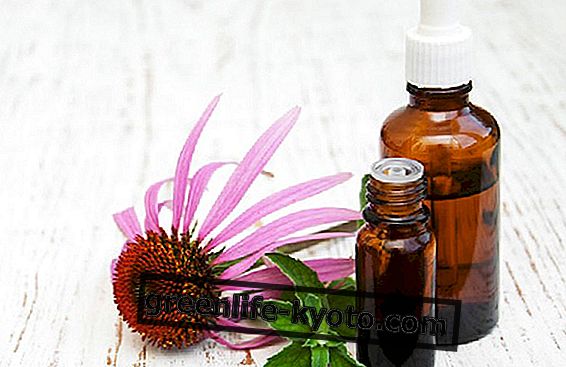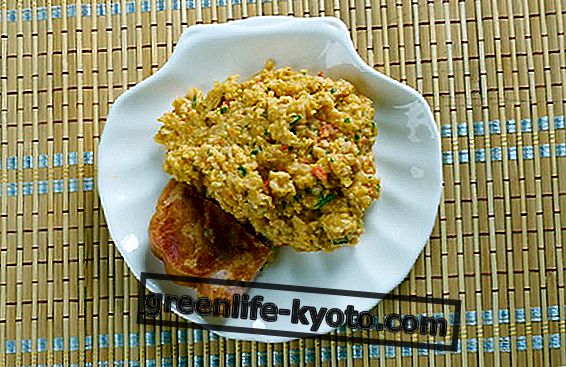The concept of music as a therapy has been handed down from ancient times to the present thanks to the monks and doctors. This is why we talk about music therapy as a therapy for body and soul
Since the womb the fetus does not know a moment of silence, it starts from the hour to learn through the sound, auditory, kinesthetic, emotional and proprioceptive experiences.
The sound is able to involve the irrational part of the psyche and can provide well-being, in those who listen to it or practice it, rebuilding or reinforcing inner harmony.
The art of music creates a harmony that is able to reconcile our conscious with our "shadow" part, providing greater self-acceptance and promoting our potential and abilities.
Music is not just a technical knowledge, it is also and above all a scientific knowledge.
The scientific literature reports numerous testimonies on the positive and curative effects that music has on anxiety, depression and more generally on the mood.
Today, music therapy is used both in the psycho-pedagogical and clinical fields: prevention, rehabilitation and therapy; and specifically in the treatment of relational and emotional disorders of the child, of the adult, in the treatment of mental disorders and physical and sensorial handicap, in the treatment of comatose unconsciousness and in the various dementias (senile, Alzheimer, ...) .
Educational therapy music therapy contributes to the development of cognitive, sensory, relational and affective abilities which in turn promote socialization and self-determination.
Although it is commonly believed by the scientific world that music therapy brings benefits, the specific indication of the usefulness of music therapy should be evaluated case by case.
In a general picture of the different music therapy methods used we can identify:
active music therapies where the client intervenes directly with a creative expression through the manipulation of instruments and body-sound-musical improvisation;
passive or receptive music therapy in which the person listens and the goal is to provide relaxation;
integrative music therapies that arise from the combination of the two previous methods.
Music therapy is a clinical activity with preventive, rehabilitative and therapeutic purposes that through sound-corporeal-musical communication opens new communication channels between the conductor and the client. The report favors the expression, integration and processing of needs. The communicative vehicle is the music that frees emotions, internal conflicts and transmits moods.
Conductor and client communicate through posture, gestures, facial expressions and gaze; while for those who have visual impairments non-verbal communication occurs through auditory information of body movement.
Man has always expressed himself first with verbal communication with non-verbal communication: gestures, rhythm of breathing, etc., thus communicating his own musicality in contact with the other. Music is a universal language.
Music therapy does not teach music, that is, to sing or play an instrument, nor is it necessary to master it.
Music therapy can be placed within expressive therapies or intervention methods that use artistic mediators, thus stimulating the creative process of the person to improve the quality of life.
The whole life of the cosmos is regulated by rhythm and harmony!
Melissa Pignaff
//fenicesabina.blogspot.it/
BIBLIOGRAPHY
Nardi A., (2006), "The imprisoned identity." Among pathologies and creative acts, Alétheia - Educational psychology series, UNI Service Ed., Trento
Barker A., edited by Meriani A., (2005), Psychomusicology in Ancient Greece, - University Series / Research, Ed. Guida, Naples
Gargiulo ML, Dadone V., (2009), Growing up by touching. Help the child with visual impairment through sound play. A tool for educators and therapists, - Tools for psycho-social and educational work
Corradini M., (1999), Initiation to Music Therapy. Exercises of relaxation, toning and balance with Biomusica, - Series Initiation, Ed. Mediterranee, Rome
Manes S., (2007), Games for growing together. Manual of creative techniques. - Tools Collection for educational psycho-social work, Ed. FrancoAngeli, Milan
Padula A., (2008), Sound Communication and Music Therapy, Ed Grin Verlag
Cremaschi Trovesi G., Scardovelli M., (2005), The sound of life. Music therapy between family, school, society., Ed Armando
Rossi M., (2001), From the Song to the word. Antonio Provolo's musicopedagogy and music therapy for the deaf, - Series: Pedagogy and special education, Ed. FrancoAngeli
Freguglia P., Music Work and Health, Library of professions by Paolo Freguglia, Trieste













